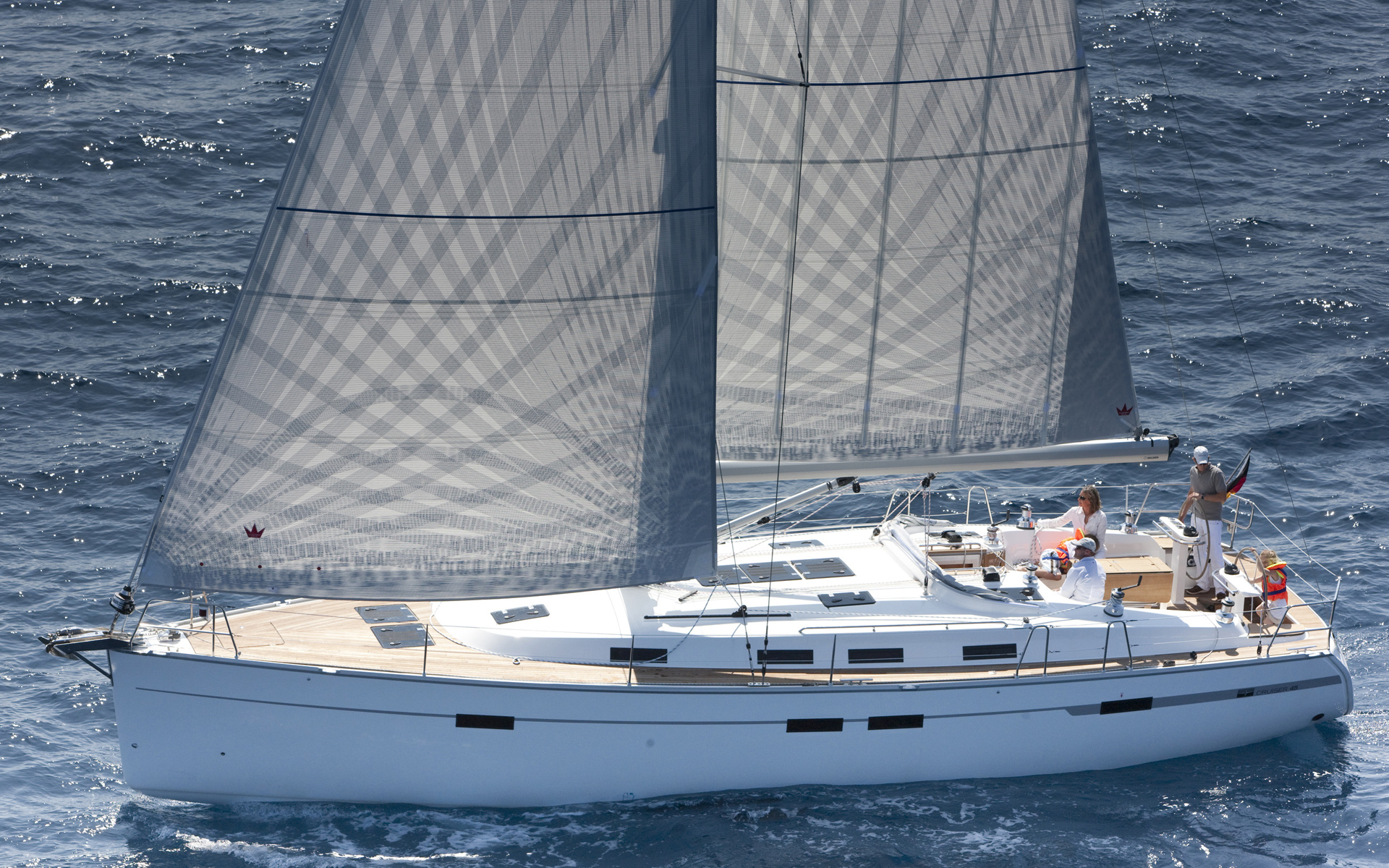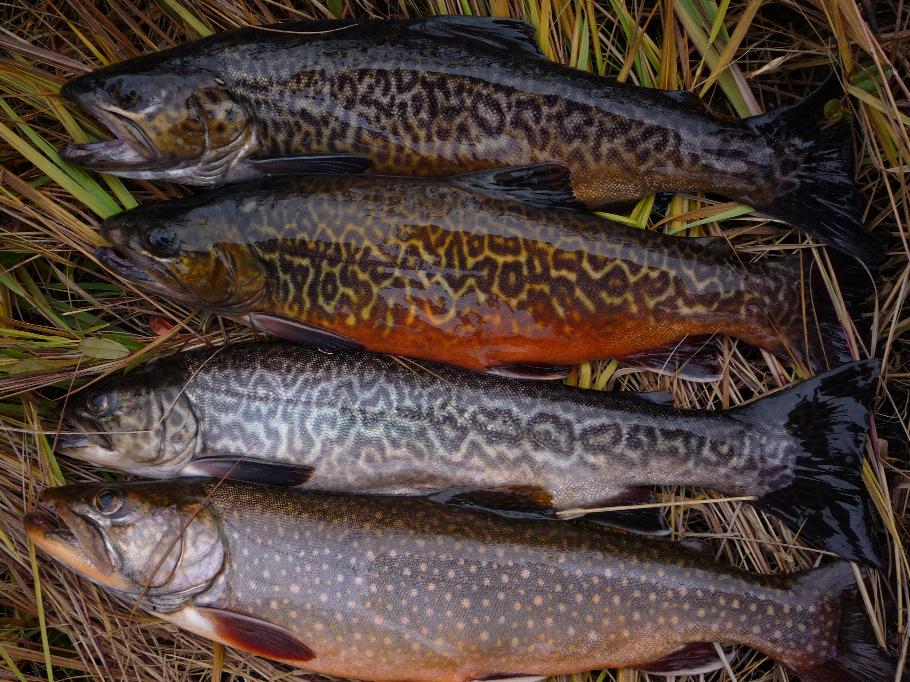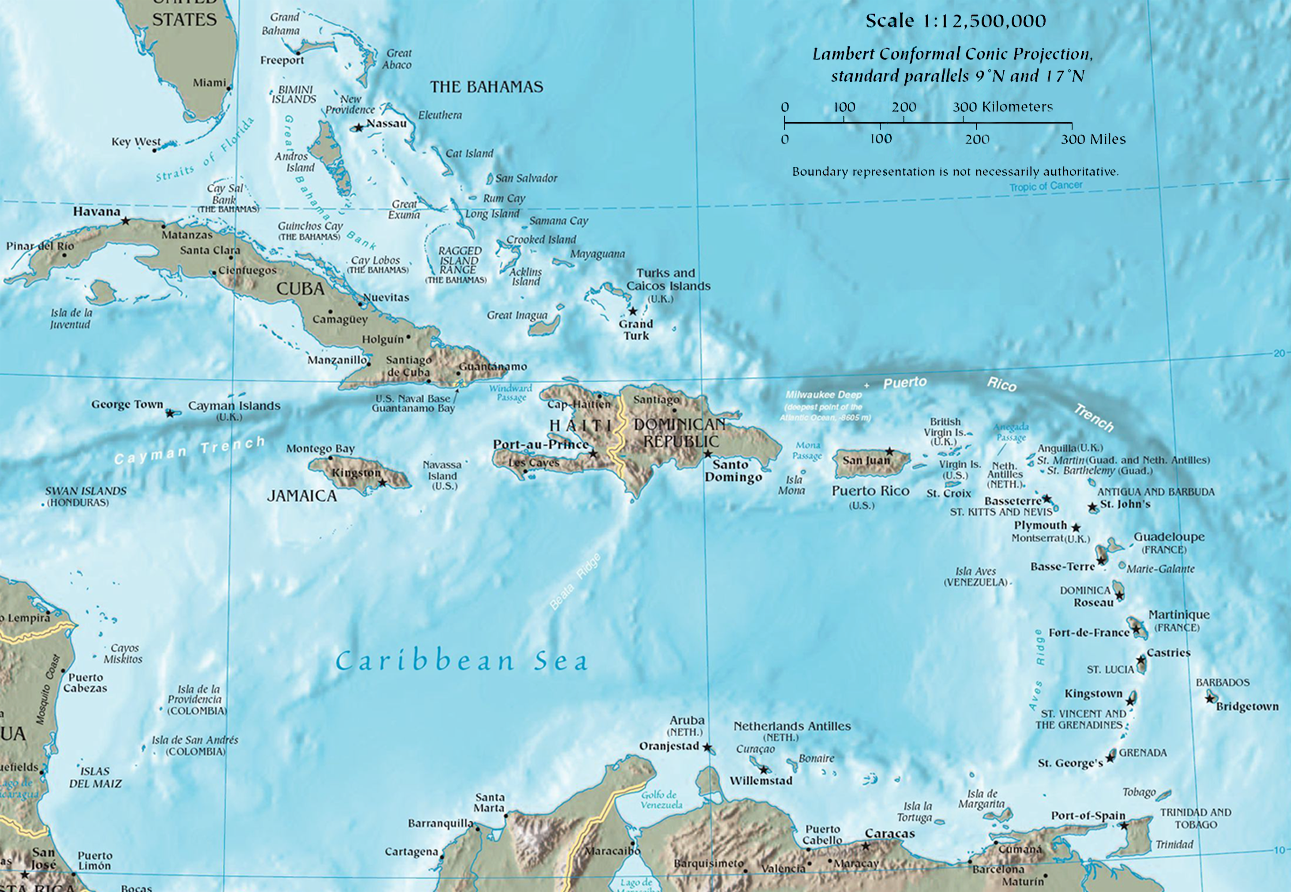|
Gunilda
''Gunilda'' was a steel-hulled Scottish-built steam yacht in service between her construction in 1897 and her sinking in Lake Superior in 1911. Built in 1897 in Leith, Scotland by Ramage & Ferguson for J. M. or A. R. & J. M. Sladen, and became owned by F. W. Sykes in 1898; her first and second owners were all from England. In 1901, ''Gunilda'' was chartered by a member of the New York Yacht Club, sailing across the Atlantic Ocean with a complement of 25 crewmen. In 1903, she was purchased by oil baron William L. Harkness of Cleveland, Ohio, a member of the New York Yacht Club; she ended up becoming the club's flagship. Under Harkness' ownership, ''Gunilda'' visited many parts of the world, including the Caribbean, and beginning in 1910, the Great Lakes. In the summer of 1911, ''Gunilda'' owner, William L. Harkness, his family and friends were on an extended tour of northern Lake Superior. They were headed to Rossport, Ontario and then planned to head into Lake Nipigon to ... [...More Info...] [...Related Items...] OR: [Wikipedia] [Google] [Baidu] |
Rossport, Ontario
Rossport is a dispersed rural community and unincorporated place in the Unorganized part of Thunder Bay District in northwestern Ontario, Canada. It is on the north shore of Lake Superior in geographic Lahontan Township, and is on Ontario Highway 17. Rossport is a designated place served by a local services board, and has a population of 65. History Rossport is named after John Ross (c1820-1898), construction manager for the north shore of Lake Superior route of the Canadian Pacific Railway from August 1882 to June 1885. His construction headquarters during that time period were in Port Arthur, Ontario and at Rossport, then known aMcKay's Harbour McKay's Harbour was named after Alexander McKay who operated a small fur trading post at Pays Plat and his son, Charles McKay, who was a lighthouse keeper at nearbBattle Islandfrom 1878-1913. After the end of CPR construction in 1885, Rossport became an important commercial fishing centre. Bowman Street is named after John Bowman (185 ... [...More Info...] [...Related Items...] OR: [Wikipedia] [Google] [Baidu] |
Gunhild
Gunhild (with variants Gundhild, Gunhilda, Gunhilde, Gunhjild, Gunilda, Gunnhild, Gunnhildr, Gunnhildur) is a Germanic feminine given name composed of two words meaning "war" (gunn and hild/hildr). It may refer to: *, allegedly a Danish queen consort, wife of Harald Bluetooth *Gunhild of Wenden, wife of Sweyn I of Denmark * Gunhilde (died 1002), said to have been the sister of Sweyn Forkbeard * Gunhild of Wessex, (1055–1097), eldest daughter of Harold Godwinson and Edith the Fair * Gunhild Carling, Swedish jazz musician *Gunhild Kyle (1921–2016), Swedish historian * Gunhild Rosén (1855–1928), Swedish ballerina * 891 Gunhild, an asteroid in the Asteroid Belt *Gunhilda of Denmark, daughter of Canute the Great and wife of Henry III, Holy Roman Emperor * Gunhilde, sister of Sweyn I of Denmark, wife of Pallig Tokesen * Domina Gunilda, a weapon of remarkable size at Windsor Castle in the 1300s; considered the origin of the word "gun" * Gunnhild, Mother of Kings, wife of Erik Bloo ... [...More Info...] [...Related Items...] OR: [Wikipedia] [Google] [Baidu] |
Yacht
A yacht is a sailing or power vessel used for pleasure, cruising, or racing. There is no standard definition, though the term generally applies to vessels with a cabin intended for overnight use. To be termed a , as opposed to a , such a pleasure vessel is likely to be at least in length and may have been judged to have good aesthetic qualities. The Commercial Yacht Code classifies yachts and over as . Such yachts typically require a hired crew and have higher construction standards. Further classifications for large yachts are: —carrying no more than 12 passengers, —solely for the pleasure of the owner and guests, or by flag, the country under which it is registered. A superyacht (sometimes ) generally refers to any yacht (sail or power) longer than . Racing yachts are designed to emphasize performance over comfort. Charter yachts are run as a business for profit. As of 2020 there were more than 15,000 yachts of sufficient size to require a professional crew. Etymolo ... [...More Info...] [...Related Items...] OR: [Wikipedia] [Google] [Baidu] |
Ramage & Ferguson
Ramage & Ferguson was a Scottish shipbuilder active from 1877 to 1934, who specialised in luxury steam-yachts usually with steel hulls and timber decks. They also made several notable windjammers including the stunning five-masted København. History The company was formed in May 1877 in the outer harbour area of the Water of Leith on the west side of the Shore in Leith, backing onto the then relatively new Victoria Dock. Ships were launched into the Water of Leith, greatly limiting the maximum size of ship capable of launch. Production moved from iron to steel in 1880 and major expansions were made in 1892. The company quickly gained a reputation for creating luxury steam yachts for the rich and famous. They also made tramp steamers and various mid-sized vessels for East India service. The "Ferguson" of Ramage & Ferguson is elusive and appears to have been a silent (and anonymous) partner. Probably the funder of the venture, there is some indication that Ferguson ma ... [...More Info...] [...Related Items...] OR: [Wikipedia] [Google] [Baidu] |
Brook Trout
The brook trout (''Salvelinus fontinalis'') is a species of freshwater fish in the char genus ''Salvelinus'' of the salmon family Salmonidae. It is native to Eastern North America in the United States and Canada, but has been introduced elsewhere in North America, as well as to Iceland, Europe, and Asia. In parts of its range, it is also known as the eastern brook trout, speckled trout, brook charr, squaretail, brookie or mud trout, among others. A potamodromous population in Lake Superior, as well as an anadromous population in Maine, is known as coaster trout or, simply, as coasters. The brook trout is the state fish of nine U.S. states: Michigan, New Hampshire, New Jersey, New York, North Carolina, Pennsylvania, Vermont, Virginia, and West Virginia, and the Provincial Fish of Nova Scotia in Canada. Systematics and taxonomy The brook trout was first scientifically described as ''Salmo fontinalis'' by the naturalist Samuel Latham Mitchill in 1814. The specific epi ... [...More Info...] [...Related Items...] OR: [Wikipedia] [Google] [Baidu] |
Lake Nipigon
Lake Nipigon (; french: lac Nipigon; oj, Animbiigoo-zaaga'igan) is part of the Great Lakes drainage basin. It is the largest lake entirely within the boundaries of the Canadian province of Ontario. Etymology In the Jesuit Relations the lake is called lac Alimibeg, and was subsequently known as Alemipigon or Alepigon. In the 19th century it was frequently spelled as Lake Nepigon. This may have originated from the Ojibwe word ''Animbiigoong'', meaning 'at continuous water' or 'at waters that extend ver the horizon' Though some sources claim the name may also be translated as 'deep, clear water,' this description is for Lake Temagami. Today, the Ojibwa bands call Lake Nipigon ''Animbiigoo-zaaga'igan''. The 1778 ''Il Paese de' Selvaggi Outauacesi, e Kilistinesi Intorno al Lago Superiore'' map by John Mitchell identifies the lake as Lago Nepigon and its outlet as F. Nempissaki. In the 1807 map ''A New Map of Upper & Lower Canada'' by John Cary, the lake was called Lake St Ann or W ... [...More Info...] [...Related Items...] OR: [Wikipedia] [Google] [Baidu] |
North Shore (Lake Superior)
The North Shore of Lake Superior runs from Duluth, Minnesota, United States, at the western end of the lake, to Thunder Bay and Nipigon, Ontario, Canada, in the north, to Sault Ste. Marie, Ontario in the east. The shore is characterized by alternating rocky cliffs and cobblestone beaches, with forested hills and ridges through which scenic rivers and waterfalls descend as they flow to Lake Superior. History Pre-colonization Lake Superior was settled by Native Americans about 8000 BC when the Wisconsin Glaciers began to recede. By 500 BC the Laurel people had established settlements in the area and had begun to trade metal with other native peoples. The Laurel people were animists and probably created many of the pictographs present on rock faces along the North Shore and other Canadian rock faces in order to communicate with spirits. In the 12th century, on the easternmost portion of the North Shore, the ancestors of the Ojibwa migrated into the area. These people left behi ... [...More Info...] [...Related Items...] OR: [Wikipedia] [Google] [Baidu] |
Great Lakes
The Great Lakes, also called the Great Lakes of North America, are a series of large interconnected freshwater lakes in the mid-east region of North America that connect to the Atlantic Ocean via the Saint Lawrence River. There are five lakes, which are Superior, Michigan, Huron, Erie, and Ontario and are in general on or near the Canada–United States border. Hydrologically, lakes Michigan and Huron are a single body joined at the Straits of Mackinac. The Great Lakes Waterway enables modern travel and shipping by water among the lakes. The Great Lakes are the largest group of freshwater lakes on Earth by total area and are second-largest by total volume, containing 21% of the world's surface fresh water by volume. The total surface is , and the total volume (measured at the low water datum) is , slightly less than the volume of Lake Baikal (, 22–23% of the world's surface fresh water). Because of their sea-like characteristics, such as rolling waves, sustained w ... [...More Info...] [...Related Items...] OR: [Wikipedia] [Google] [Baidu] |
Caribbean
The Caribbean (, ) ( es, El Caribe; french: la Caraïbe; ht, Karayib; nl, De Caraïben) is a region of the Americas that consists of the Caribbean Sea, its islands (some surrounded by the Caribbean Sea and some bordering both the Caribbean Sea and the North Atlantic Ocean) and the surrounding coasts. The region is southeast of the Gulf of Mexico and the North American mainland, east of Central America, and north of South America. Situated largely on the Caribbean Plate, the region has more than 700 islands, islets, reefs and cays (see the list of Caribbean islands). Island arcs delineate the eastern and northern edges of the Caribbean Sea: The Greater Antilles and the Lucayan Archipelago on the north and the Lesser Antilles and the on the south and east (which includes the Leeward Antilles). They form the West Indies with the nearby Lucayan Archipelago ( the Bahamas and Turks and Caicos Islands), which are considered to be part of the Caribbean despite not borde ... [...More Info...] [...Related Items...] OR: [Wikipedia] [Google] [Baidu] |
Boiler (power Generation)
An industrial boiler, originally used for supplying steam to a stationary steam engine A boiler or steam generator is a device used to create steam by applying heat energy to water. Although the definitions are somewhat flexible, it can be said that older steam generators were commonly termed ''boilers'' and worked at low to medium pressure () but, at pressures above this, it is more usual to speak of a ''steam generator''. A boiler or steam generator is used wherever a source of steam is required. The form and size depends on the application: mobile steam engines such as steam locomotives, portable engines and steam-powered road vehicles typically use a smaller boiler that forms an integral part of the vehicle; stationary steam engines, industrial installations and power stations will usually have a larger separate steam generating facility connected to the point-of-use by piping. A notable exception is the steam-powered fireless locomotive, where separately-generated st ... [...More Info...] [...Related Items...] OR: [Wikipedia] [Google] [Baidu] |
Oil Baron
A business magnate, also known as a tycoon, is a person who has achieved immense wealth through the ownership of multiple lines of enterprise. The term characteristically refers to a powerful entrepreneur or investor who controls, through personal enterprise ownership or a dominant shareholding position, a firm or industry whose goods or services are widely consumed. Such individuals have been known by different terms throughout history, such as industrialists, robber barons, captains of industry, czars, moguls, oligarchs, plutocrats, or taipans. Etymology The term ''magnate'' derives from the Latin word ''magnates'' (plural of ''magnas''), meaning "great man" or "great nobleman". The term ''mogul'' is an English corruption of ''mughal'', Persian or Arabic for "Mongol". It alludes to emperors of the Mughal Empire in Medieval India, who possessed great power and storied riches capable of producing wonders of opulence such as the Taj Mahal. The term ''tycoon'' derives ... [...More Info...] [...Related Items...] OR: [Wikipedia] [Google] [Baidu] |
Atlantic Ocean
The Atlantic Ocean is the second-largest of the world's five oceans, with an area of about . It covers approximately 20% of Earth#Surface, Earth's surface and about 29% of its water surface area. It is known to separate the "Old World" of Africa, Europe and Asia from the "New World" of the Americas in the European perception of Earth, the World. The Atlantic Ocean occupies an elongated, S-shaped basin extending longitudinally between Europe and Africa to the east, and North America, North and South America to the west. As one component of the interconnected World Ocean, it is connected in the north to the Arctic Ocean, to the Pacific Ocean in the southwest, the Indian Ocean in the southeast, and the Southern Ocean in the south (other definitions describe the Atlantic as extending southward to Antarctica). The Atlantic Ocean is divided in two parts, by the Equatorial Counter Current, with the North(ern) Atlantic Ocean and the South(ern) Atlantic Ocean split at about 8th paralle ... [...More Info...] [...Related Items...] OR: [Wikipedia] [Google] [Baidu] |








.jpg)
